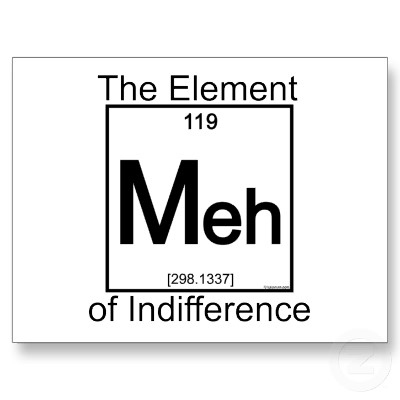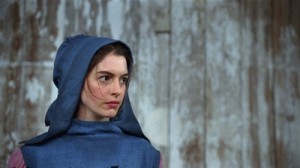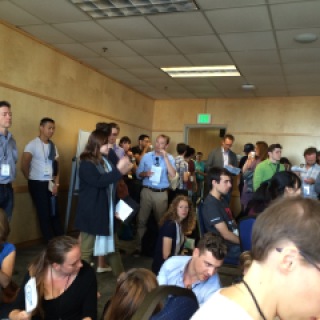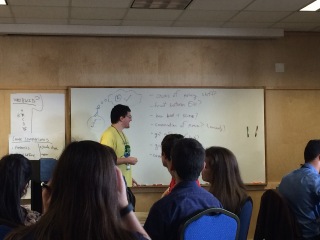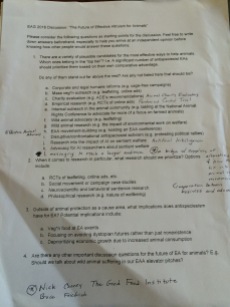As with many of these musings, this one begins with a dream and a musical earworm. I dreamed that my family (a mixed lot of from throughout time and some people strictly from my imagination) moved into a house, an old, blue-painted, farmhouse in need of a lot of work but with some great features, and before even unpacking, my dream father-figure (one of the imaginary dream characters, oddly resembling the writer Michael Chabon) decided we were selling the house and moving. There was much interaction with realtors, cleaning up of the farmhouse, etc.

Moving has been a recurring theme in my life from the age of 10 through my adolescence and adulthood until I met Bob, who’s comfortingly happy in one place.
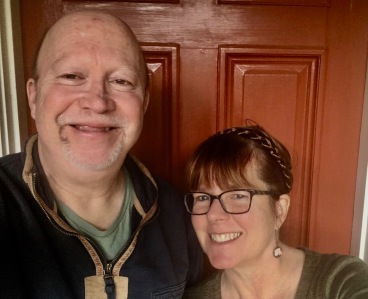
I’ve lost count of the number of times I’ve moved over the years. If my tally is correct, I moved 25 times between the years 1972 (Atlanta to Sacramento) and 2006 (from Napa to Oakland). Locations in between included Ashland, Oregon; Ankara, Turkey; Chico, California; and a long tour of Davis, California at 5 different addresses. I’m sure family and friends gave up trying to keep up with my changes of mailing address along the way.

Which brings me to the earworm, David Bowie’s 1972 song Changes. I was never a huge Bowie fan when he was alive, sad to say, but I’ve come to appreciate his work more in the last few years.
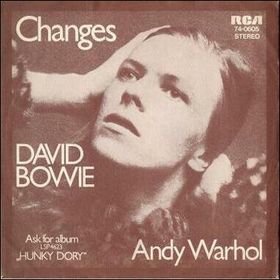
Most of us want change at some point in our lives, whether to escape boredom or troubles, to challenge ourselves, to not be stagnant. In recovery circles, it’s called “doing a geographic”, and is not always the best approach. Such as in those 25 moves over 34 years–some were for good reasons (new jobs) and some were for the wrong reasons (unresolved unhappiness). My mother’s second husband put us through a few moves, usually for financial reasons (downward, not upward) and in one case, to escape creditors in one state by fleeing to another on short notice.
Then I went off to college and met a boy, and set off on a whirlwind of moves myself. My now ex-husband seemed to think the cure for any unhappiness or restlessness was to do a geographic. Rather than addressing the real problems in our lives, we had the thought that going to a new place would make everything better. Unlike smaller changes we make, like a new haircut that can put a spring in your step and make you feel sassy and fun, moving is itself stressful. And your friends get really sick of being asked to help.

Some changes, like I say, are great. I went from vegetarian to vegan in the spring of 2015 and although I am not a perfect vegan, I am a happy one.

I remember visiting my paternal grandparents in about 1971, and thinking how cool and modern their house was. I revisited years later and nothing had changed. It made me sad. It seemed old and faded and no longer cool but fusty. I look around our house now and long for new furniture, partly because the cats have destroyed most of our upholstered furniture, and partly because I don’t want that unchanging, old-person fustiness to envelop me. Unless fringed furniture becomes stylish, in which case my cats are trend-setters.


Haircuts and hairstyles and fashion are like that too. We change with the times. And if we don’t, we can hope that what’s old comes back in style and is new again. That 1980s mullet hopefully never comes back in style! Please, never.


My hair has changed many times over the years, long to short and back again. It’s also changed as I’ve gotten older, from thick and wavy to neither of those things.






Rather than moving, when I am hit with those “doing a geographic” urges, I go back to school. School is my comfort zone, my safe place, the place I feel like I belong much of the time. I’ve been back to school several times over the years, and now with online education, I can be a life-long learner from the comfort of my own home, changing mailing address or not. Someday I’ll finish this Ph.D. I’ve embarked upon, and then I’ll maybe go to sewing school or goat-herding school or who knows what.

Another change I go through admittedly more than I’d really like is jobs, which is what really brings up the whole Ch-ch-ch-ch-Changes song for me. I’ve had jobs I loved–working as a museum technician for California State Parks in Sonoma, as Assistant Registrar in the art exhibitions department at Copia: The American Center for Wine, Food and the Arts in Napa. I’ve had jobs that I disliked–my first job after I finished my Bachelor’s degree in design, working as a “scientific illustrator” for an unnamed company in Sacramento. I’ve had jobs that I was mostly “meh” about–the 11 years I spent as the Assistant Registrar at the Berkeley Art Museum and Pacific Film Archive.

Because I was “meh” about that job, I spent a long time looking for and interviewing for other jobs. I thought I landed my dream job when I was hired by the Manetti Shrem Museum of Art at UC Davis in late 2015. I love UC Davis and I love the city of Davis. I was sure that was the job I would retire from. Maybe it’s true that you can’t go home again, though I don’t really believe that. Maybe my clue should have been my start day on Pearl Harbor Day–December 7. Or on my second day of work when my car broke down and I was 3 hours late getting there.

Needless to say, it didn’t work out and in the summer of 2016 I found myself unemployed. Yippee!
I felt unappreciated at first, then I tried to be positive and think of it as a learning experience.


A career change, that’s what I needed. I wanted to do something to make a difference in the world. Another version of doing a geographic, maybe, but in my case, it turned out to be the best decision I ever made. I applied for jobs at every animal shelter and rescue group I could think of, and landed at Tony La Russa’s Animal Rescue Foundation in August of 2016. I couldn’t have been luckier. Or happier.


I spent a wonderful year and a half there. I fell in love with the dogs and cats there everyday, and couldn’t ask for better colleagues or volunteers to spend my days with. I traded down in terms of a paycheck, but seriously up in terms of satisfaction and mental rewards. Like David Bowie sings, “Don’t want to be a richer man…” (woman), just a more fulfilled one. I wasn’t looking for a change.
So I applied for a job at the East Bay SPCA.

I’m still not sure why. Needing a personal challenge? A shorter commute? Trying to go home again (I volunteered there from 2009 to 2016)? I was offered the job. I spent 5 days agonizing over what to do. I accepted the job. And here I go again, starting anew. Which starts my ear worm transition to Here You Come Again, by Dolly Parton (1977) (“…here you come again and here I go…”).
I hope I made the right decision. Admittedly, I miss my friends at ARF. But I seriously hope I spend the rest of this career in animal welfare with the East Bay SPCA (assuming I do a good job and get to stay). I’d like to stay put in one house and one job for a while. I can keep changing my hair. Maybe we’ll get new furniture and miraculously the cats won’t destroy it. (Do they make stainless steel living room furniture? And how uncomfortable is it?)

Before you know it, it will be time to make a big change and retire. Then maybe we’ll sell the house, move to the country, rescue some goats…

Keep learning, keep happy, and stay motivated to make a difference. You can change the world.












